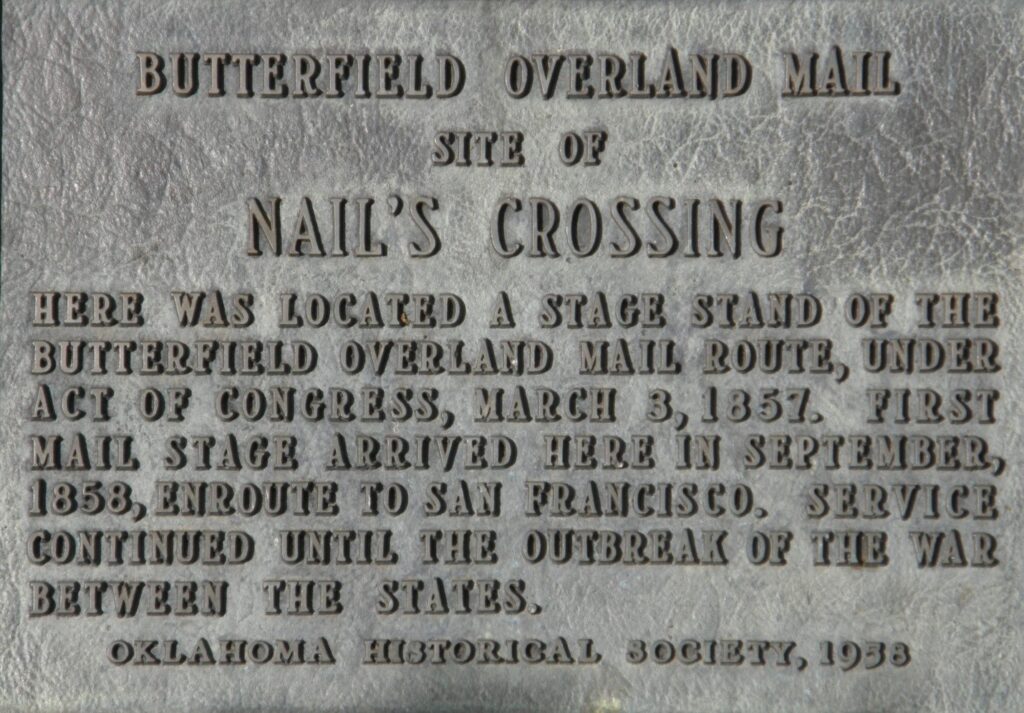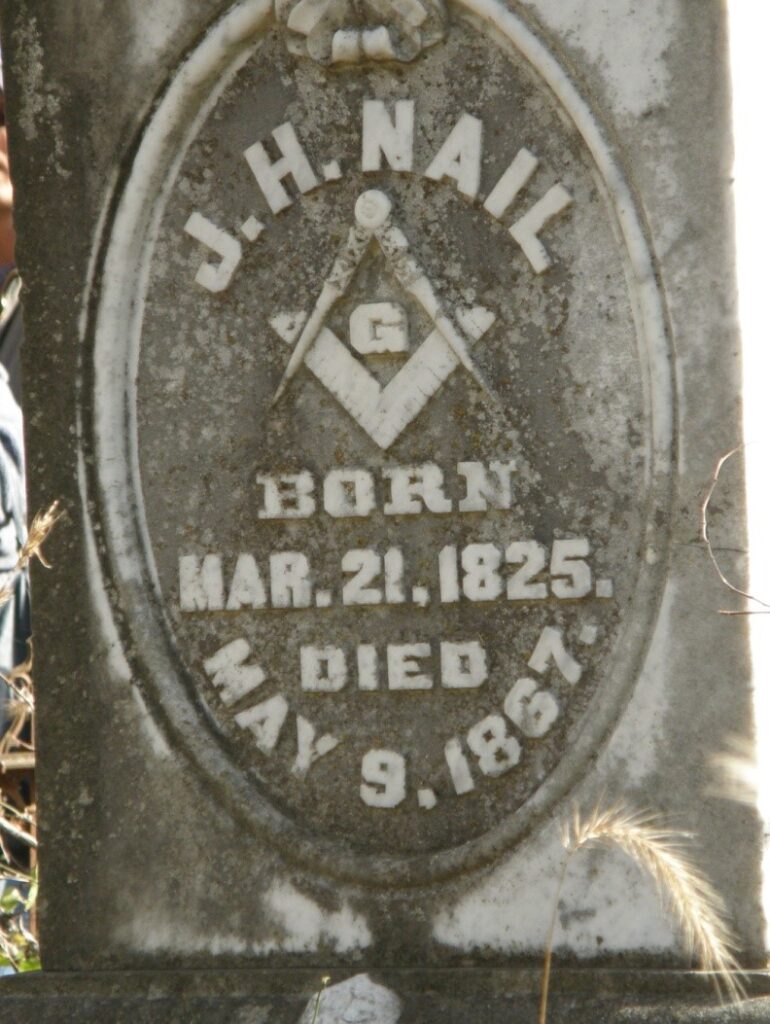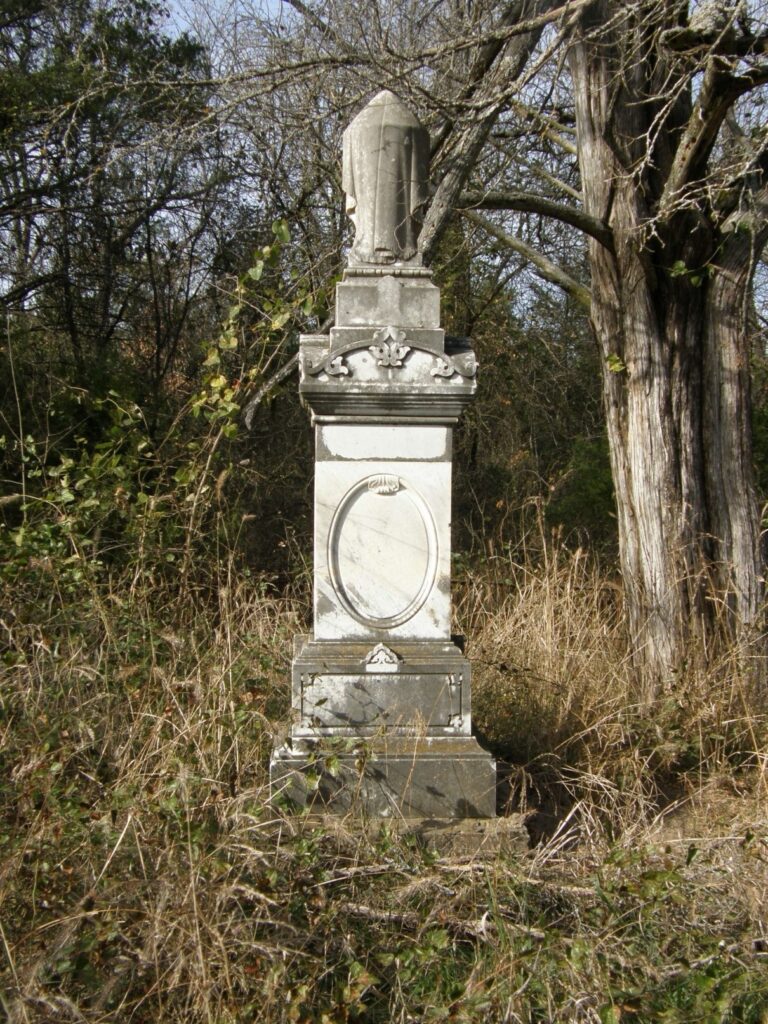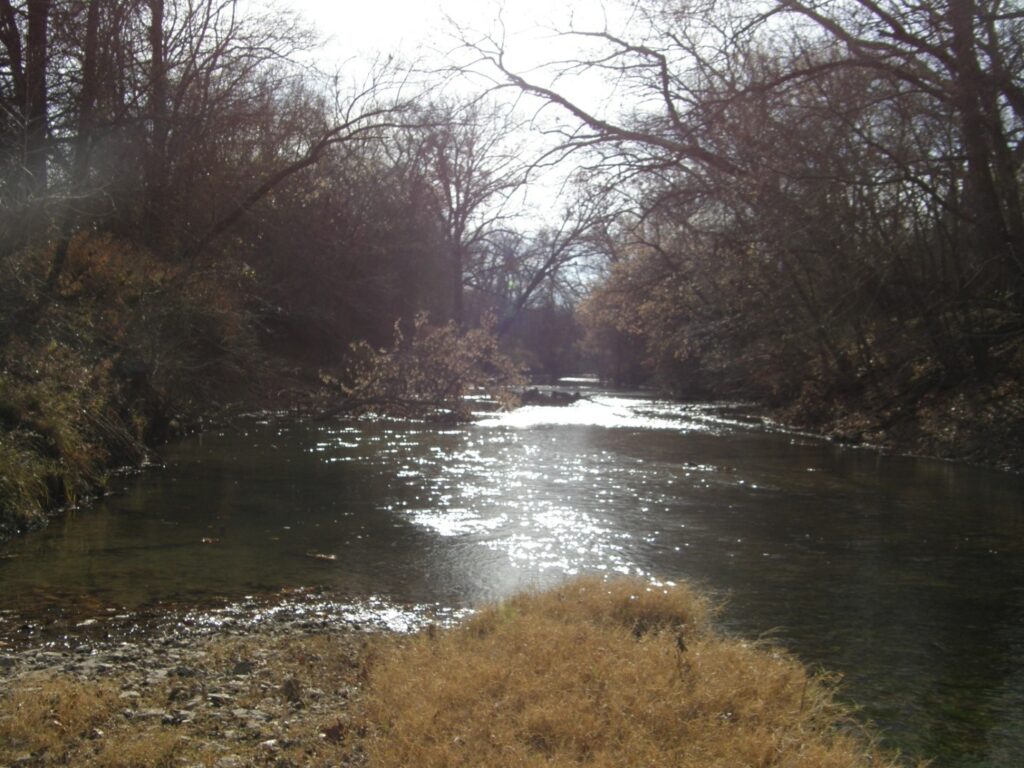Your cart is currently empty!
Nail’s Crossing

Nail’s Crossing also known as Nail’s Station was named for Jonathan Nail who moved from Doaksville to Blue County in the early 1850s. He built a six room double cabin on the east side of the Blue River. Jonathan, his wife Catherine, and son Joel were listed in Blue County in the 1855 Choctaw Census. Waterman L. Ormsby, the first through passenger to travel on the Butterfield Stage from St. Louis, Missouri to San Francisco, wrote:
“Fourteen miles from Boggy Depot we came to Blue River station where a very heavy bridge is building for the company. Here I saw a copy of the Weekly Herald—a distance of six hundred miles from St. Louis, and nearly seventeen hundred from New York, overland, and twenty-five miles from any Post Office. I thought the Herald was appreciated there.”
During the Civil War the bridge was used by Confederate troops at nearby Fort McCulloch. On December 18, 1866 the General Council of the Choctaw Nation passed an act granting Jonathan Nail the right to build a toll bridge across the Blue River at the crossing of the Boggy and Sherman road. Citizens of the Choctaw Nation were not charged for using the bridge. Others paid twenty-five cents for a wagon drawn by one yoke of oxen or span of horses, fifty cents for a wagon drawn by more than one yoke of oxen or span of horses, ten cents for a man on horseback, five cents for a man leading a horse, and one cent per head for loose stock in droves or herds. Jonathan died May 9, 1867 at the age of forty-two.

Jonathan’s son Joel Henry Nail returned to Nail’s Crossing after attending college at Lebanon, Tennessee. He became one of the wealthiest men in the Choctaw Nation. In 1891 he was said to have three thousand head of livestock, three thousand acres of pasture, four hundred acres under cultivation, business property in Caddo and the Nail Hotel. His fortune reduced by allotment, he died at the old homestead January 20, 1929 at the age of seventy-nine.


Tags: